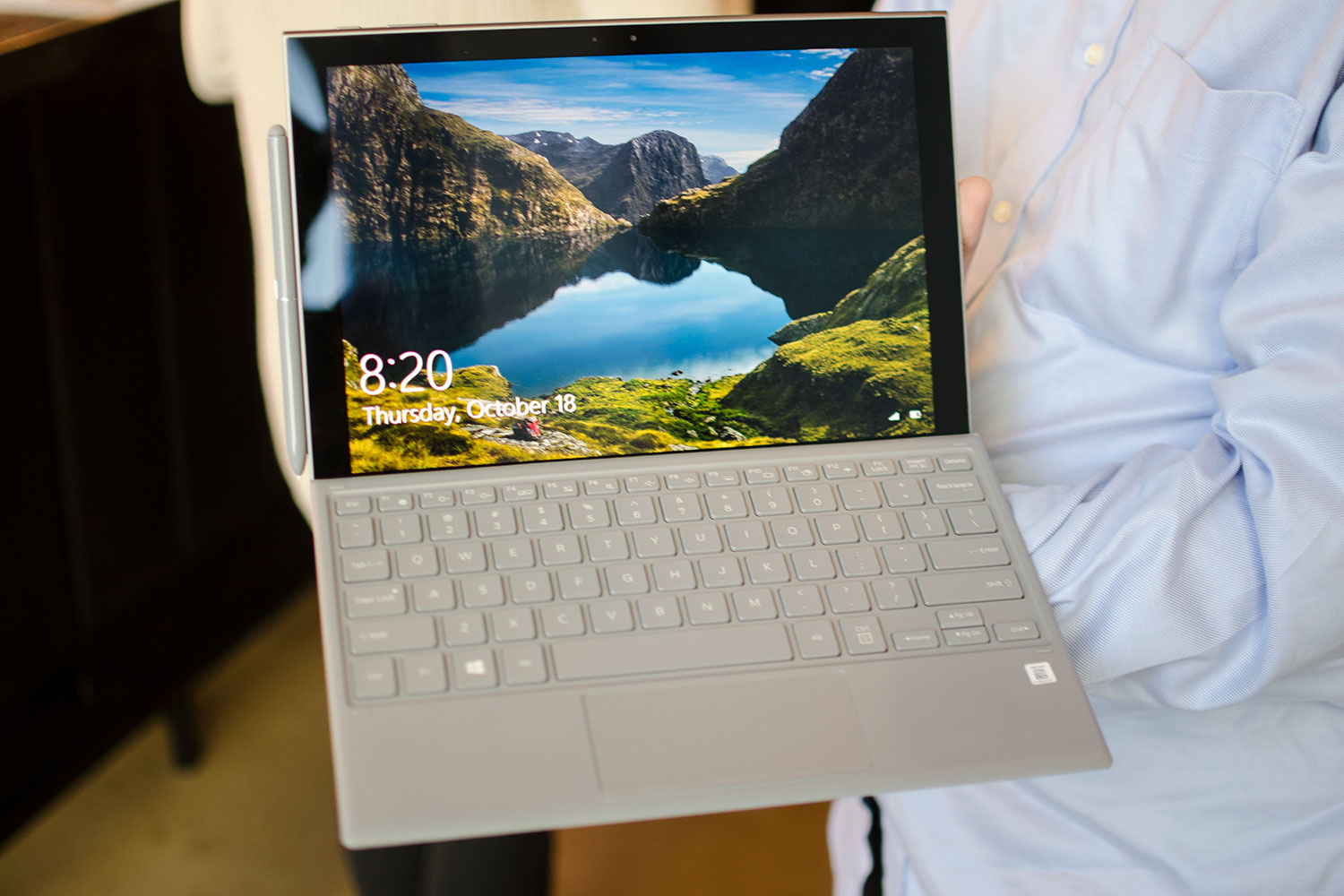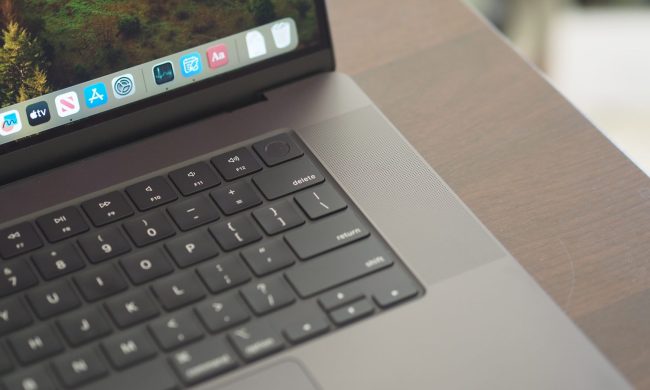
If you’re looking for a premium Windows 2-in-1, both the Surface Pro 6 and the Samsung Galaxy Book 2 might be appealing for you.
Each of these devices shares a similar form factor and design, but be it LTE connectivity or difference in pricing there are disadvantages and advantages to both. In this comparison, we’re stacking the two against each other to help you choose the one that is best for your money.
Design

The Surface Pro 6 and the Galaxy Book 2 both share a few design elements, most notably the kickstand, weight, and dimensions. Both feel premium to hold, but Surface Pro 6 is made of magnesium, whereas the Galaxy Book 2 is made of aluminum. The difference in materials makes for subtle differences in how it looks too. The magnesium on the Surface Pro 6 means for more dull and rough edges, whereas the aluminum on the Galaxy Book 2 makes for shiny edges that make the device pop. The kickstand is also the same between the two, sturdy enough to make typing comfortable.
As for the displays, it is hard to beat Samsung’s Super AMOLED panel. The Surface Pro 6 comes in with a 12.3-inch display with 2,736 x 1,824 resolution and 267 pixels per inch. On the Galaxy Book 2, the display is smaller at 12 inches, but with a resolution of 2,160 x 1,440 or 216 pixels per inch. Samsung might be packing fewer pixels per inch, but the Super AMOLED panel makes for vibrant and bright images. We won’t know for sure until we properly test the display, but these are two very high-quality panels.
Just like the display, the keyboards also make a difference between the models. The keyboard on the Surface Pro 6 is great, with no cramps to deal with when typing. However, it is not included in the $900 pricing. With the Galaxy Book 2, both the keyboard and pen are included in the $1000 price, ensuring that you’ll get the most out of Windows 10 without any extra purchases. We found the typing experience on the Galaxy Book 2 keyboard feels equal to the Surface Pro 6, providing solid room for travel when speed typing.
Performance

The big catch between the Surface Pro 6 and the Galaxy Book 2 is the processors, configurations, and connectivity. The Samsung Galaxy Book 2 starts at $1,000 and sports 4GB RAM, a 128GB SSD, and the Qualcomm Snapdragon 850 processor. On the other hand, the Surface Pro 6 comes with options for a quad-core 8th-gen Intel Core i5 processor an Intel Core i7 processor with 8GB or 16GB RAM, or 128GB, 256GB, 512GB, or 1TB of storage. The base-level $900 Surface Pro 6 comes with the Core i5-8250U processor, which we found was good enough for running more intense software.
For the Surface Pro 6, you’re getting a much more powerful processor, for tasks like photo and video editing, The Galaxy Book 2’s Qualcomm processor, on the other hand, has less horsepower. Though we haven’t yet fully benchmarked the device, we’d be surprised to find it as powerful as the Core i5. Not to mention that the Galaxy Book 2 ships with Windows 10 Home in S mode, so you’ll initially be limited to just apps in the Windows Store. Switching to regular Windows 10 is free, but with a lot of the Qualcomm drivers being proprietary, there might be performance issues.
However, what the Galaxy Book 2 might lack in performance, it leaps ahead in terms of connectivity. The Snapdragon 850 provides the device with LTE, which means it’s always being connected to the internet. On top of that, it also has two USB-C ports, which the Surface Pro 6 lacks.
Portability

The Samsung Galaxy Book 2 comes in at 0.30 inches thick and 1.75 pounds in weight. That is roughly the same as the Surface Pro 6 which comes in at 11.5 x 7.9 x 0.33 inches and 1.70 pounds. The weight is pretty common on these devices, as is the thickness. Neither is as light as an iPad Pro, but both are still comfortable to hold as a tablet and easy to throw in a bag and travel with.
We’re also going to warn about battery life here, as the differences are significant. In our testing with the Surface Pro 6, we got to about 9.5 hours of web browsing and 14 hours of watching videos. Samsung talks up a big 20-hour battery life for the Galaxy Book 2, but we haven’t tested that as yet. In our initial hands-on time with the device, we were given a unit with a 67 percent charge, and it held up for a full hour and a half of web browsing. The Qualcomm processor on board is similar to what is found in phones, so it should provide better standby time and longer battery when on the road.
Go for power and buy the Surface Pro 6

There’s still more to know about the Galaxy Book 2. We haven’t yet tested important metrics such as the battery life, processor performance, and display quality. But for now, it’s not hard to see where the device pulls ahead of the Surface Pro 6. The built-in LTE connection and bundled-in accessories make it a more versatile device right when you pull it out of the box.
However, the Surface Pro 6 offers up more powerful specs for not too much more money. For those looking for a proper laptop replacement, it is the more capable PC.


